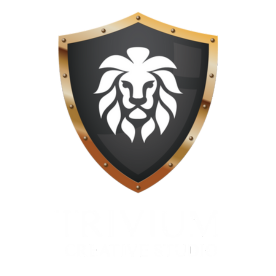Unlock the power of micro-influencers! Learn how these social media stars can drive your brand’s PR success and engage your target audience.
Today, In the ever-evolving world of PR, the approach is turning away from broad, celebrity-driven campaigns and towards a more small but nuanced approach: micro-influencers.
These individuals have smaller but highly engaged followings and are taking center stage, offering brands a powerful tool for targeted and impactful communication. But what makes them so effective? Let’s look into it and also see how brands can harness their power for successful PR campaigns.
Why Micro-Influencers Pack a Punch:
Micro-influencers are like your mini-brand ambassadors. With follower counts typically ranging from 1,000 to 100,000, they build authentic relationships with their audience, gaining trust and a genuine connection. This can help brands in several ways-
- Targeted Reach: Micro-influencers specialize in specific niches, which allows you to tap into an audience already genuinely interested in your product or service.
- Credibility: Their smaller communities put a lot of importance on authenticity and trust, so their recommendations have a better effect than celebrity endorsements.
- Interactions: Their followers actively engage with their content, which leads to higher comment rates, likes, and shares, organically.
- Cost-Effectiveness: Partnering with multiple micro-influencers is often more affordable than collaborating with a single celebrity, which allows you to use your budget for diverse options.
Brand Success Stories:
Glossier
Glossier has built its empire on the backs of micro-influencers. Focusing on authenticity and community, they partnered with beauty-focused micro-influencers on Instagram. These shared relatable reviews, tutorials, and user-generated content, building trust and sparking brand discovery among their engaged followers.
Glossier even created the “Rep Program,” with dedicated customers to become brand ambassadors. Now, using micro influencers, Glossier has built a loyal customer base and skyrocketed its brand awareness.
Daniel Wellington
Daniel Wellington, the popular watch, instead of focusing on generic endorsements, collaborated with micro-influencers across diverse lifestyles.
Whether it was showcasing their watches in trendy vacation photos, at stylish brunches, or in professional office settings, these partnerships helped the company reach specific niches within its target audience.
One notable campaign, the “DW Model Search,” invited followers to submit photos wearing their watches. This not only generated user-generated content but also helped in engagement and brand affinity.
These are just two examples of how brands like Glossier and Daniel Wellington harnessed the potential of micro-influencers.
By building genuine partnerships, targeting specific niches, and using the power of authentic storytelling, micro-influencers can offer a potent tool for targeted PR campaigns.
So, ditch the one-size-fits-all approach and consider these success stories as you explore the power of micro-influencers for your brand.













